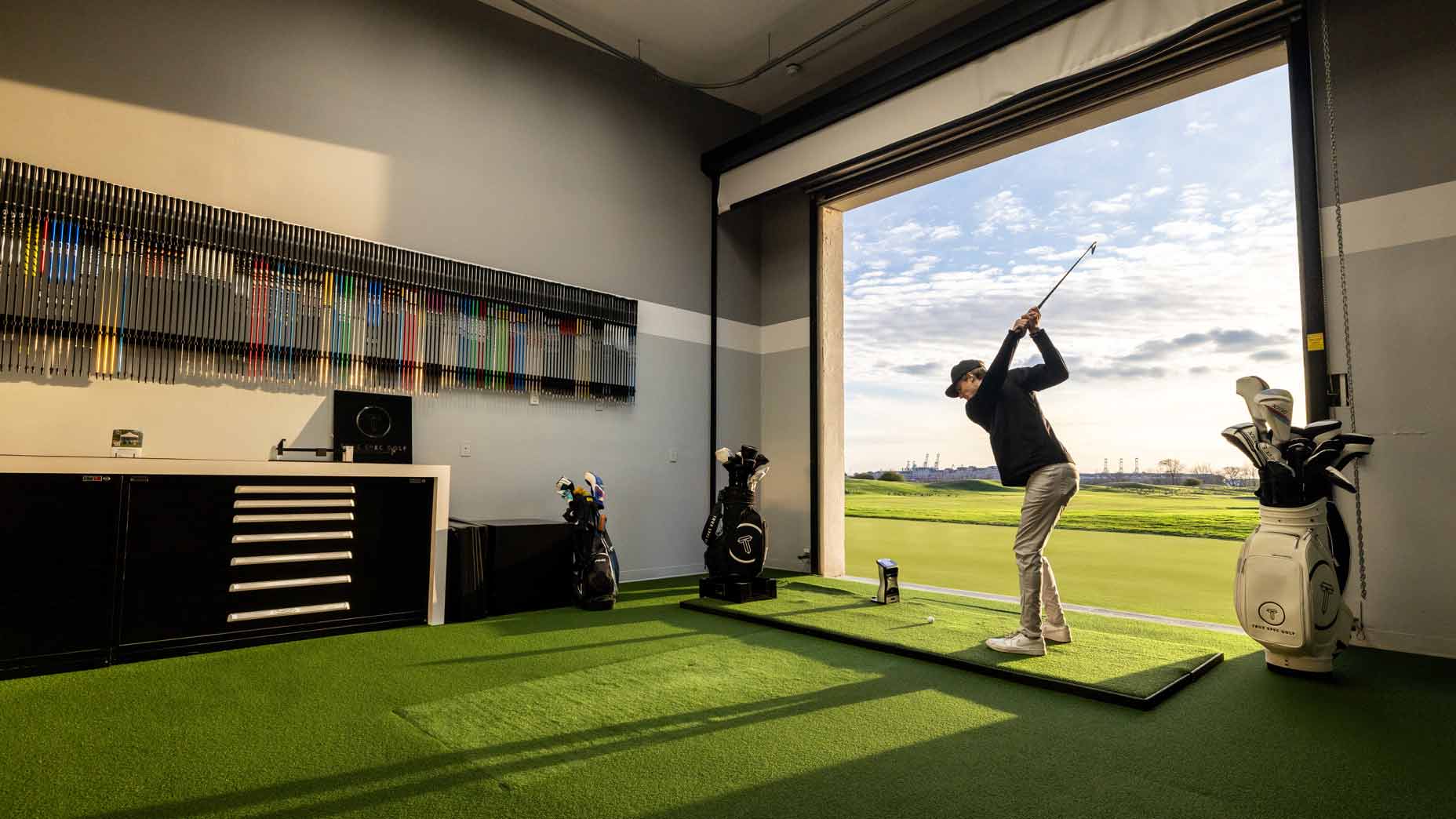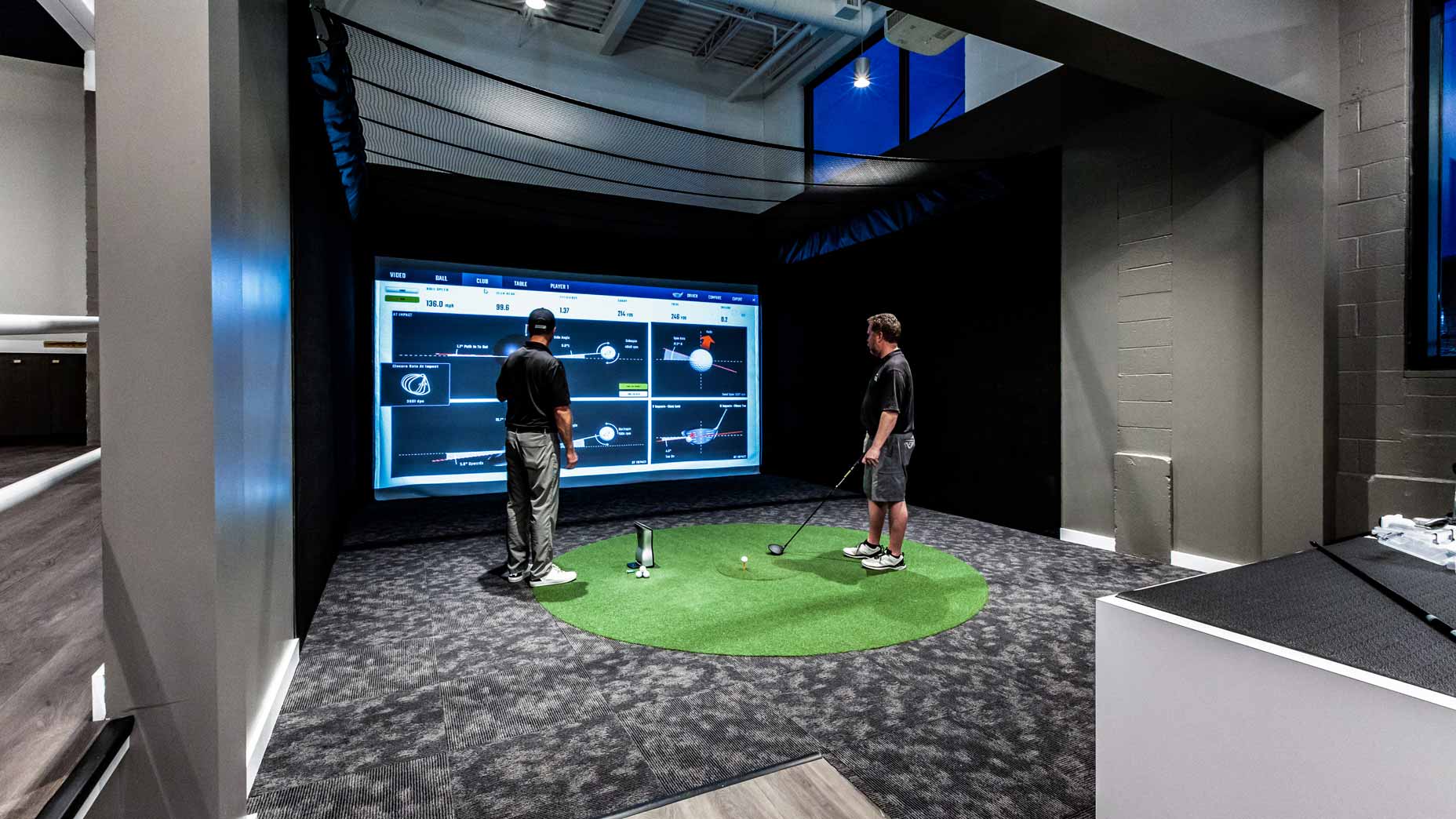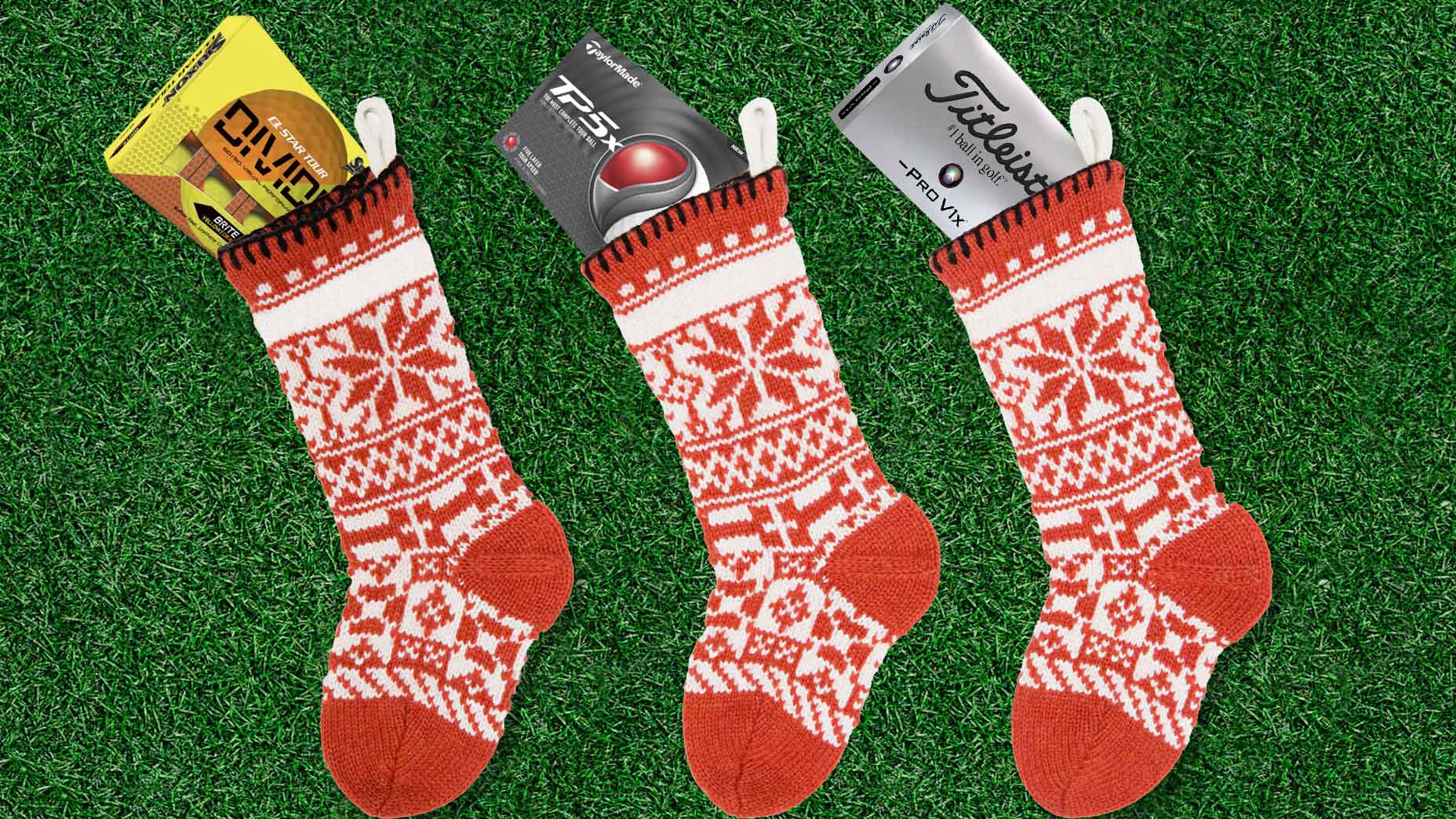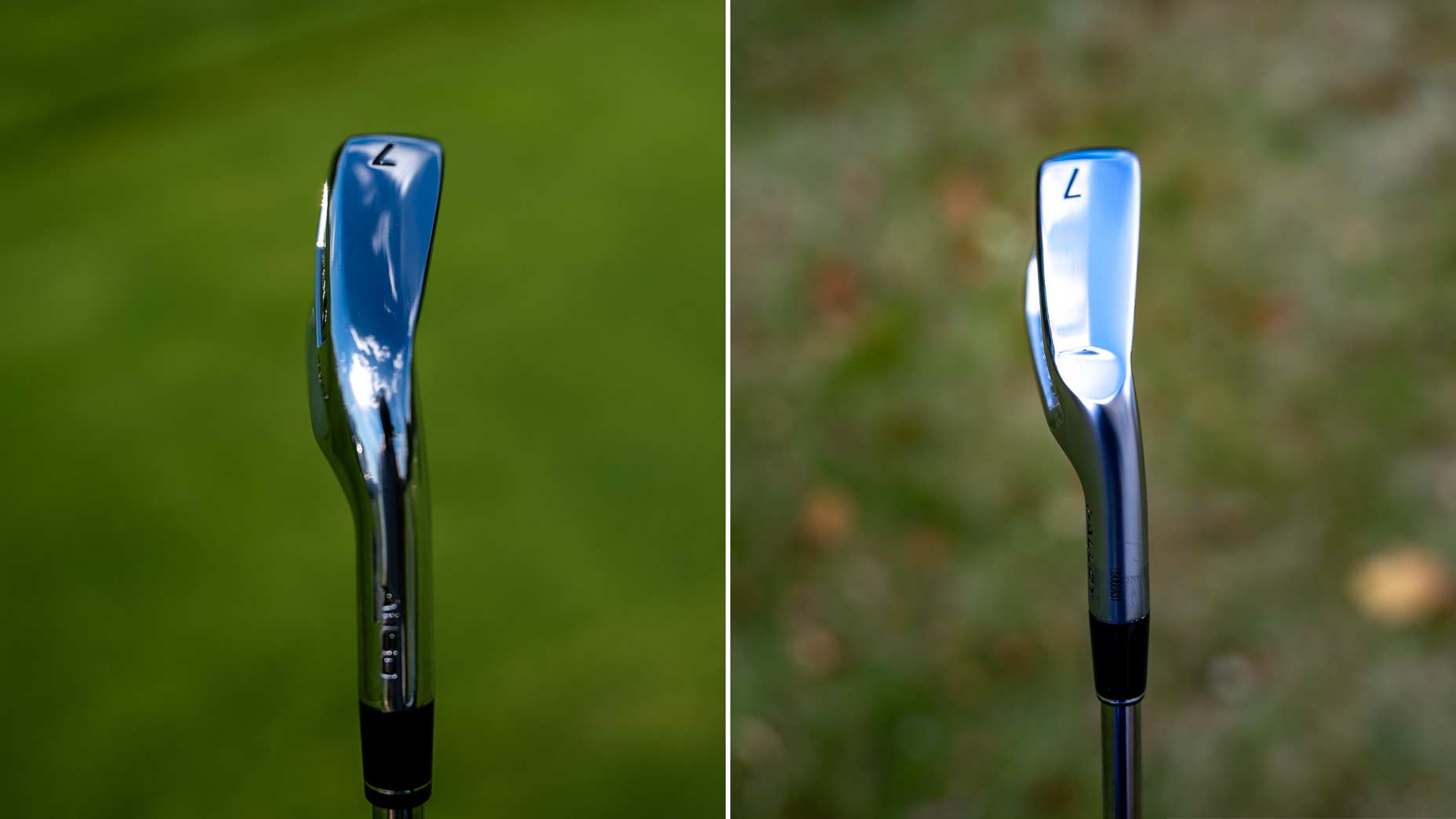Welcome to GOLF’s “Firsthand with a Fitter” series, where with the help of True Spec Golf we dive into some of the most common questions golfers have about club fitting, issues they struggle with on the course, and how properly fit equipment can help fix those issues and make the game easier.
For this edition of Firsthand with a Fitter, we dive into a much less discussed component of a proper fitting: golf ball. From two-piece distance options designed to help straighten out ball flight to complex multilayer balls made to fine-tune performance off the tee and around the green, there’s a perfect ball for every golfer. Let’s dive in.
Before we get started, let’s first discuss one of the biggest factors consumers face when it comes to golf balls — price.
2024 Golf Ball Guide: 48 golf balls reviewed and recommended for your gameBy: GOLF Editors
Compared to less expensive Surlyn or Ionomer-covered balls — geared towards blending value and performance — urethane offerings are generally at the top end of the price spectrum because of the complexity of their construction and the precision tools required to manufacture them.
This doesn’t mean you can’t find value and performance from either category, but it’s important to understand that Surlyn golf balls can’t offer the same kind of control on short game shorts as their urethane counterparts.
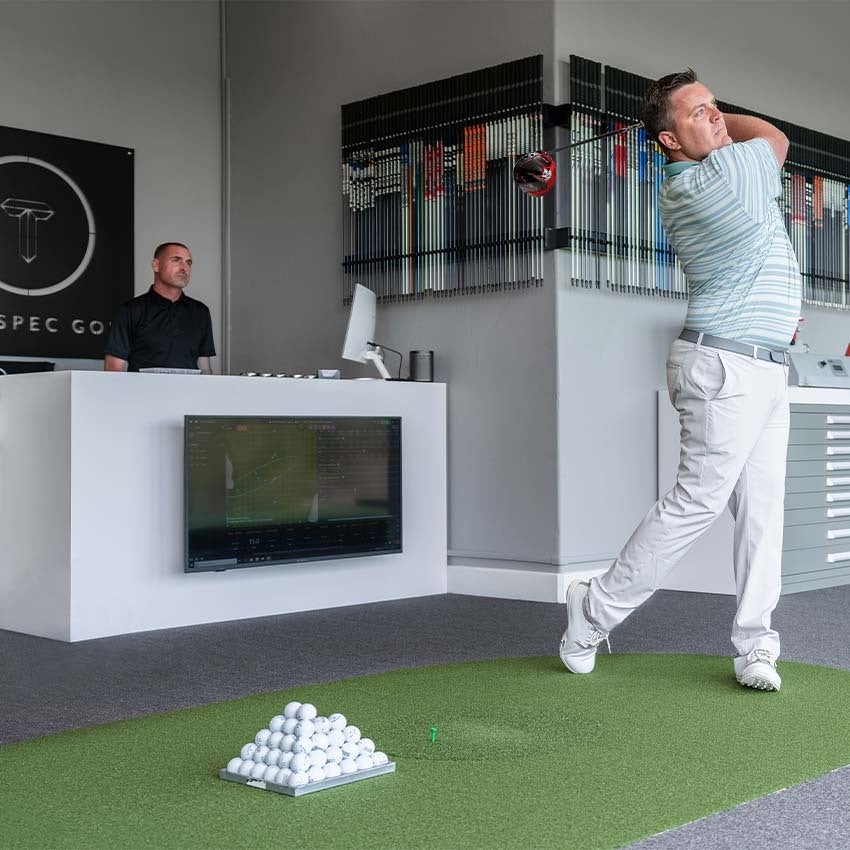
The Premier Club Fitting Experience
When distance and value are key
Let’s start with two-piece golf balls because even though they might seem similar from the outside there are still a lot of performance variables to consider, including color and cover graphics.
If you’re a golfer who tends to lose more than a few golf balls a round, choosing one that fits your budget is a great place to start but there are still things to consider. If extra distance and dispersion reduction are what you’re after, then a ball that helps lower driver and long game spin will reduce the amount that a golf ball can go offline — and longer and straighter is always better.
“Although from a performance standpoint, urethane golf balls offer the best of both worlds as far as distance and short game spin, a two-piece distance-focused ball can quickly help reduce dispersion thanks to its low spin performance on all clubs including the driver.” Kris McCormack, VP of Tour and Education at True Spec Golf.
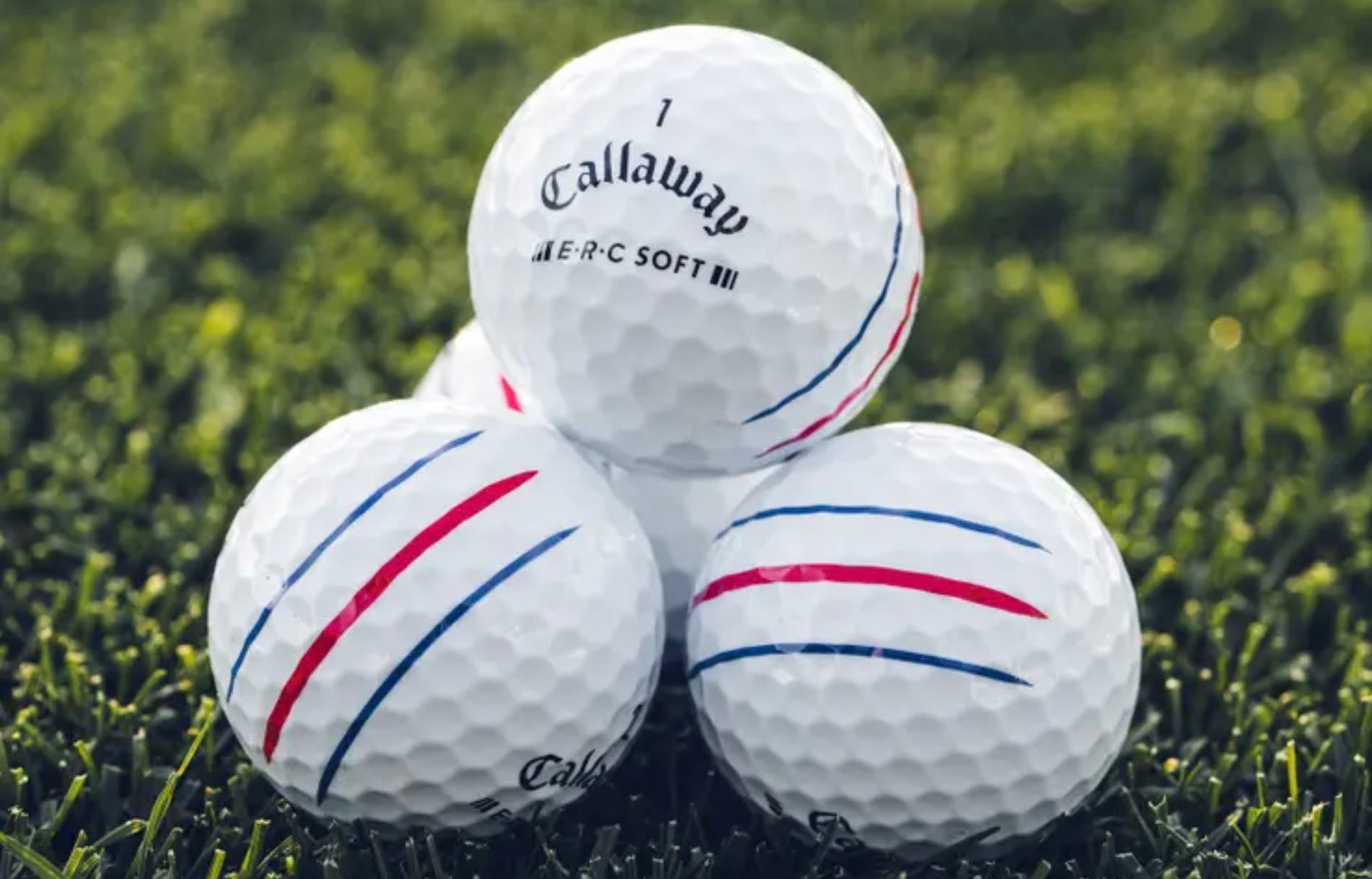
As for visual performance, golf balls like the Srixon Q-Star, TaylorMade Distance +, and Callaway’s ERC Soft offer visual aids to help with putting and off-the-tee alignment.
Premium performance variables
Now it’s time to dive into the nitty-gritty.
From low-compression, low-spin options to firm-feeling balls that spin a ton around the green, the premium urethane golf ball category allows any golfer to find one that matches their look, feel, trajectory, and spin preference. This is why working with a fitter using a launch monitor to analyze data is such a crucial step when talking about finding the right one.
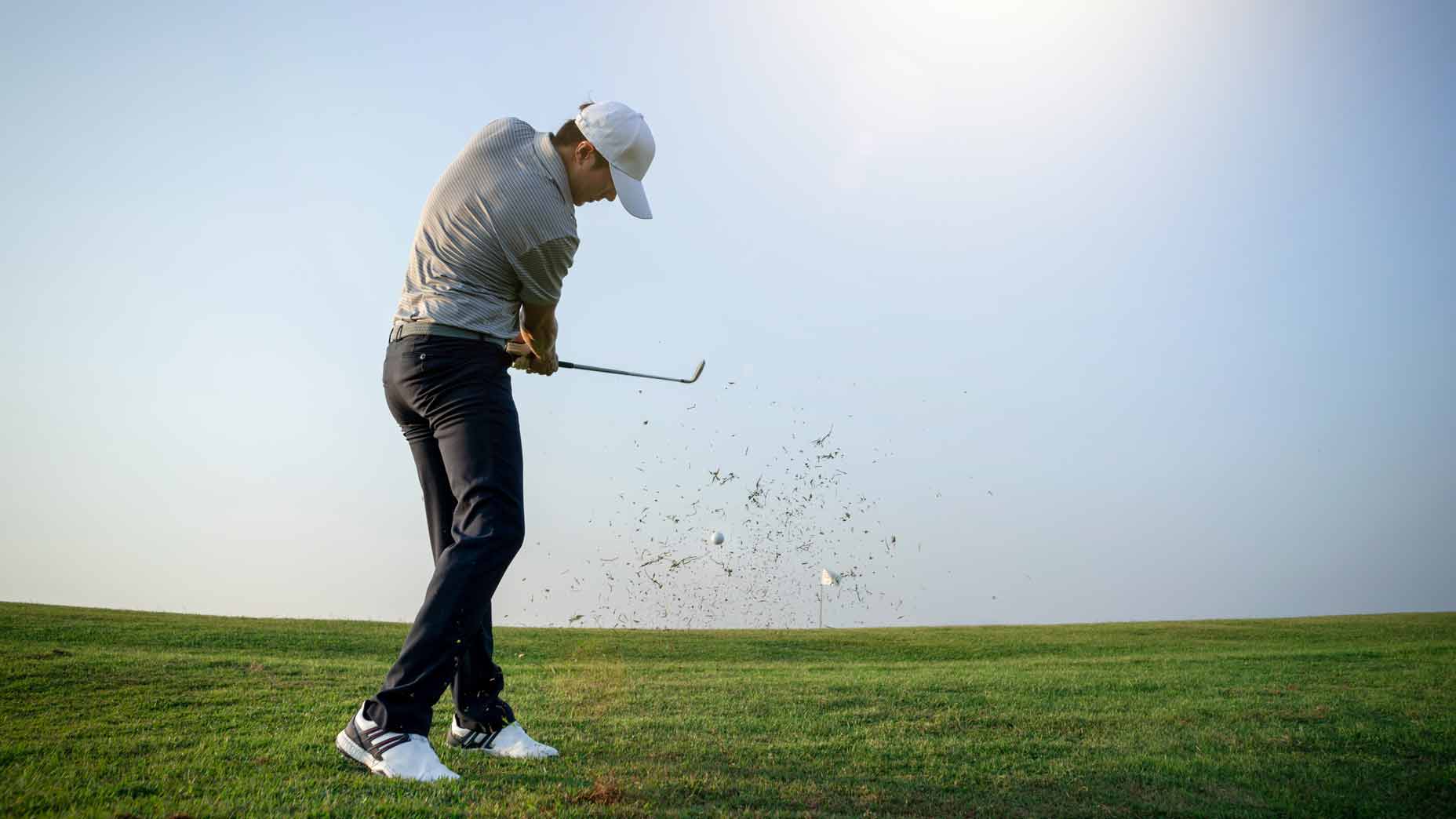
Thanks to the multilayer construction of a urethane golf ball, it’s possible to have a golf ball that feels firmer but still offers a lot of spin. This works because the mantle and core are the biggest factors in acoustics and when the soft urethane is compressed between the inner layers of the ball and the face of a wedge it will grab into the face texture and create spin.

Callaway Chrome Tour X Golf Balls
View Product
This spin can translate through the bag to help offer various trajectories based on the golf ball model, which can help produce more stopping power and reduce dispersion on approach shots.
Speed and aerodynamics
Off the driver, aerodynamics are a key factor in trajectory because of the speed a golf ball travels, and finding the correct trajectory to fit your game and also your environment can make a huge difference.

We certainly don’t recommend switching golf balls for a single round of golf but if you’re a golfer who usually plays at a certain altitude or in particular conditions using a ball that matches up to those can help with control and ball flight consistency. As an example, if you play mostly desert golf without much wind, a golf ball that flies higher can help to produce more carry.
On the opposite end of the spectrum, if you play where it is windier, a golf ball that creates a lower peak height and a more equally parabolic trajectory can bolster control and help reduce the need to make swing or equipment adjustments to control trajectory.

Titleist Pro V1x Left Dash Golf Balls
View Product
So next time you’re working with a club fitter to dial in your launch conditions, be sure to have the conversation about golf ball performance so you can get the most from your game!
Check out our latest Fully Equipped podcast for more on the latest gear news and information.



